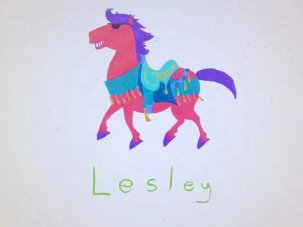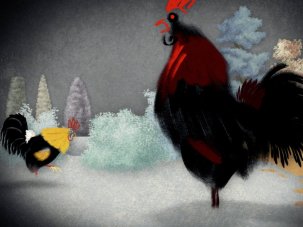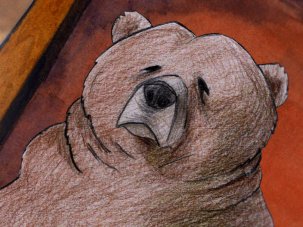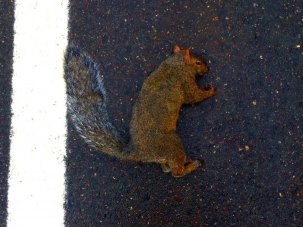“The pig is everything,” says the synopsis for Pig (2015), a rapid-fire, poetic-comic musing by American independent animator Steven Subotnick, on the connection between humans and our little pink friends.
“Pigs carry many connotations,” says Subotnick. “They are forbidden food in some cultures, savoury meals for others, they are animals and they are like humans. Pigs are also disgusting. They will eat anything, including faeces and other dead pigs. In this sense, the pig is everything.”
Subotnick found inspiration for the film while listening to pig-calling contests on YouTube. (I neglected to enquire further into this.) “Both the sound of pig-calling and the intensity of the callers is strange,” he notes. “It’s as if the caller becomes a pig.”
It’s this overlap between swine and man that lies at the heart of his movie. Considering humanity’s endless hunger for something, anything to fill some imagined void, we’re left to ponder just who the real pig is. “We are both omnivores, have similar teeth, blood and skin, and are both intelligent,” Subotnick expounds. “The man in the film is empty. The pig is everything to him, and his hunger is so total it goes beyond his body.”
Pig features beautifully distorted drawings and paintings, some crisp editing and hilarious vocal performance by Joel Frenzer, who also did voice work on Subotnick’s previous films Fight (2012), Boy (2011) and Jelly Fishers (2009).
“I’ve known Joel for a long time: he was my student at RISD [the Rhode Island School of Design],” says Subotnick. “His acting and voice talents were always evident. Joel is inventive, versatile and ever-enthusiastic. He could probably voice a stick if you asked him. He’s a natural storyteller and can use his voice to bring out unusual narrative qualities.”
Although Subotnick has been making films for over 20 years, he only made three films between 1994-2004. Since 2011 however he has has had a creative eruption, producing no fewer than 11 animation haikus (if you will – most run shorter than three minutes), each of them thoughtful, original, mesmerising.
“I shifted my focus from trying to make good films – which takes me out of the creative process in order to judge it – to simply creating work,” says Subotnick. “That decision gave me the freedom to work quickly and directly. I set strict limitations: for example, to make a film from one image, or one sequence, or within two weeks.” A wise choice that has benefited both the artist and the audience.








